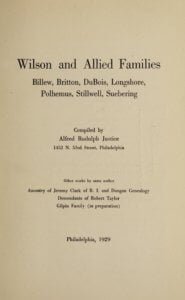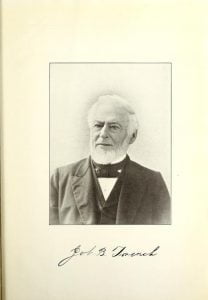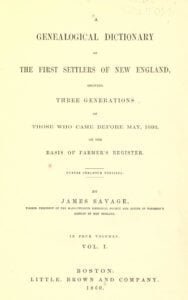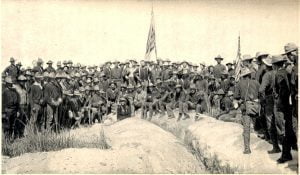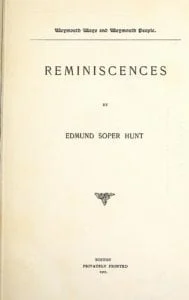Wilson and Allied Families: Billew, Britton, Du Bois, Longshore, Polhemus, Stillwell, Suebering
William Wilson, the pioneer ancestor of this family, emigrated from Stewardstown, County of Tyrone, Ireland, in 1732, when 19 years of age. The Town of Stewardstown is in the parish of Donagheny in the province of Ulster and eighty-two miles northwest of Dublin, long noted for its very superior linen cloth.

